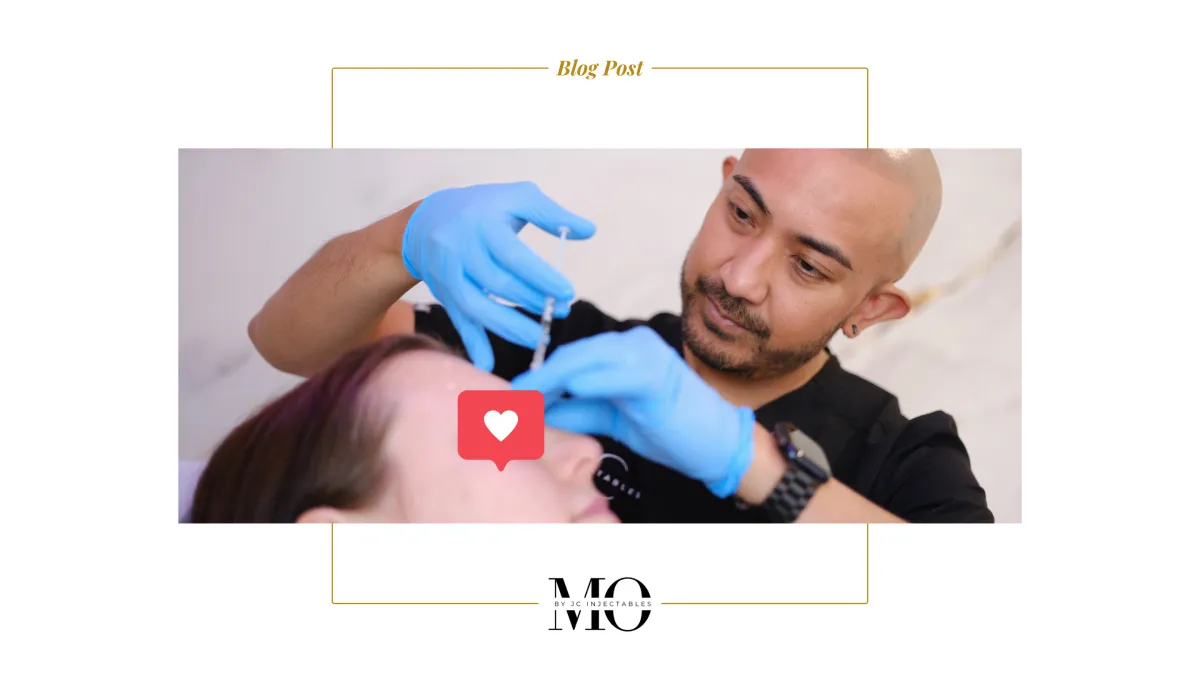
Navigating Advertising Regulations for Aesthetic Treatments
Compliance isn’t just a legal obligation; it’s a commitment to ethical practice and client trust.

Understanding the advertising guidelines for aesthetic treatments in New Zealand is essential for maintaining professional standards and ensuring consumer safety. These regulations might seem daunting initially, but with the right resources and support, staying compliant can be straightforward. The Clinical Aesthetic Network New Zealand (CANNZ) offers clear and detailed guidance to help practitioners navigate these rules confidently.
Key Guidelines for Compliance
📃 Include Mandatory Consumer Information
When mentioning brand names of medical devices or prescription medicines (e.g., fillers, skin boosters, or anti-wrinkle injections) in consumer-directed advertising, you must include the appropriate consumer mandatory information for that product. This ensures transparency and compliance.
🖼 Use Before-and-After Images Responsibly
Before-and-after images can be a powerful tool in advertising, but they must be used responsibly. Ensure images are accurate, unedited, and depict realistic outcomes. Always include a disclaimer like “Results may vary” to manage client expectations and avoid misleading claims.
📲 Stay Compliant on Social Media
Practitioners must ensure their own images or those of their clients where either the aesthetic injector or the client can be identified whilst performing a treatment are not used in promotional materials on social media or websites. As this would constitute a "testimonial", images of a treatment where the injector or client are unidentifiable are permitted. When using hashtags - remember - even if brand names aren’t mentioned in the text, related hashtags count as advertising and must include the appropriate consumer mandatory information.
🛡️ Know Your Regulatory Bodies
Advertising regulations in New Zealand are established by the Government, with guidance from organisations such as:
Medsafe
Advertising Standards Authority (ASA)
Therapeutic Advertising Pre-vetting Service (TAPS)
Medical Council of New Zealand

💡 Test Your Knowledge
What must be included when advertising a medical device brand name?
A) Nothing extra is needed.
B) Appropriate consumer mandatory information.
C) Only the brand name.
Answer: B) Appropriate consumer mandatory information.
What is the primary goal of New Zealand's advertising regulations for aesthetic treatments?
A) To promote sales.
B) To ensure ethical promotion and consumer safety.
C) To increase awareness of specific brands.
Answer: B) To ensure ethical promotion and consumer safety.
What happens if a practitioner fails to comply with advertising regulations?
A) They may face fines and other penalties.
B) Their clinic gets a warning only.
C) The regulation does not apply to individual practitioners.
Answer: A) They may face fines and other penalties.

Ensuring your advertising practices align with current regulations is crucial for maintaining ethical standards and building trust with clients. To learn more, explore the detailed guidelines provided by CANNZ.
👉 Review the CANNZ Advertising Regulations Here

How MO by JC Supports Your Compliance Journey
At MO by JC, we know how challenging it can be to navigate advertising regulations while focusing on delivering exceptional care. That’s why we offer personalised guidance to injectors in our community. From ensuring compliance with advertising standards to providing ongoing training and support, we’re here to help you thrive as a safe and confident injector while building a successful practice.
